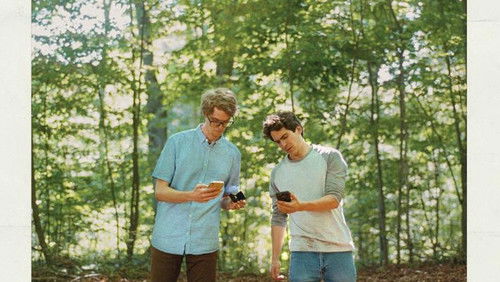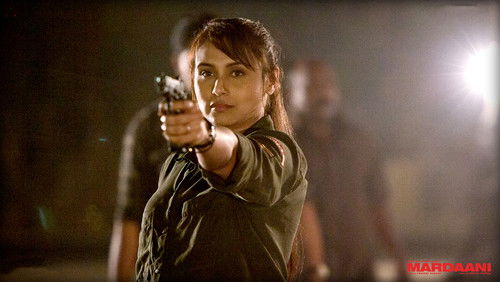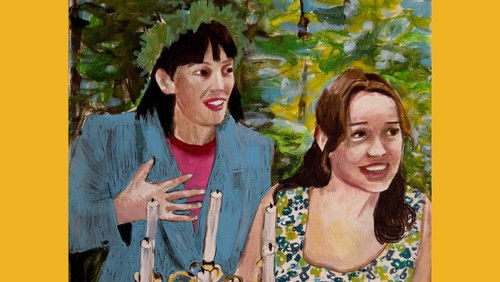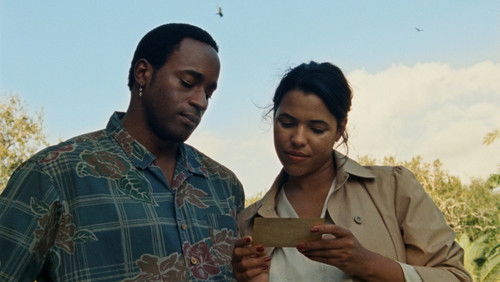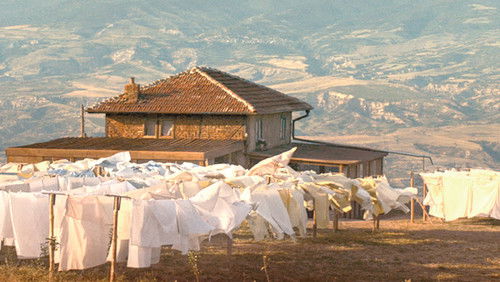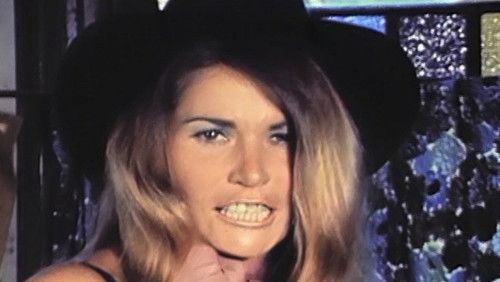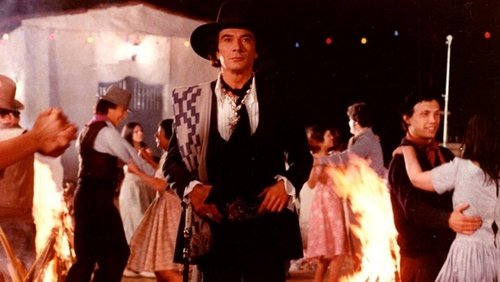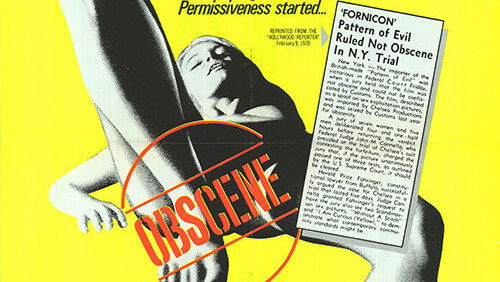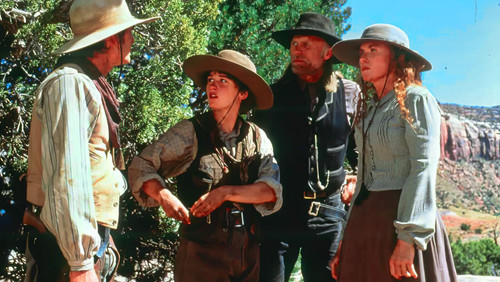Die Geschöpfe (1966)
42KDie Geschöpfe: Directed by Agnès Varda. With Catherine Deneuve, Michel Piccoli, Eva Dahlbeck, Marie-France Mignal. A young mute woman, living in a small village, is expecting a baby. Her husband is at the same time writing a novel and using the villagers as his characters. In the creative process, reality and imagination are constantly intertwined.
“u0026quot;When one has much to put in them, a day has a hundred pockets.u0026quot; Nietzscheu003cbr/u003eu003cbr/u003eIn the first few reels of this film, quite a number of things were slipped into the pockets of different people. What they were, and into whose pockets and by whom they were slipped was not always readily apparent. If it had been, my mind might not have drifted into default mode and thought of the Nietzsche quote – which quote may or may not have influenced Agnes Varda. Perhaps she just liked pockets. Pockets can be decorative and they can reveal as well as conceal. And what deeper convoluted pockets than those of the mind?u003cbr/u003eu003cbr/u003eThe film begins with a couple travelling in a sports car – she implores him to go slower. His response, predating that of a popular American actor yet to be born, could be synopsized as: u0026quot;I feel the need for speed.u0026quot; The stimulation, the rush, the kinetic excitement of rapid movement . . . this feeds his artistic temperament. She still wishes him to slow down – or at least be more careful. The camera slowly pulls up from the plane of movement of the car, which is travelling by the seaside, until the car disappears and we hear the inevitable crash.u003cbr/u003eu003cbr/u003eThe rest of the film takes place on an island. The man seems to have adapted to the thoughts of Raymond Inmay on creativity: u0026quot;If you are seeking creative ideas, go out walking. Angels whisper to a man when he goes for a walk.u0026quot; While this may be true, some islanders see his walking as suspicious.u003cbr/u003eu003cbr/u003eFor a writer – and a filmmaker, I imagine, everything in life can become grist for the artistic/creative mill. One well-known actor once told Fellini how he interpreted one of his movies and asked him: u0026quot;Am I right? Is that what you meant?u0026quot; To which Fellini responded: u0026quot;If thatu0026#39;s what you saw in it, thatu0026#39;s what I meant.u0026quot; While I have some ideas about what the pockets could mean, I have very few about the sea crabs, whose imagery was also rather abundant. If youu0026#39;re on an island, youu0026#39;re going to see ocean life. But there were a lot of crabs, both dead and alive, and a mechanical claw device, used in concert with a live-action u0026quot;chessu0026quot; game toward the end of the film.u003cbr/u003eu003cbr/u003eWhat is actually going on in this film? Well, besides Nietzsche, you might want to keep a line from Gilbert u0026amp; Sullivan on hand – HMS Pinafore, Act II (1878) u0026quot;Things are seldom what they seem/ Skim milk masquerades as creamu0026quot; Perhaps 1/2 hour into the film, the cinematography gives a pretty good clue that there is more than a singular reality operating here – and things pretty much flow from there to the filmu0026#39;s conclusion.u003cbr/u003eu003cbr/u003eAnd what does Mr. Ed have to do with anything? Well, I donu0026#39;t recall any non-cartoon talking rabbits in pre-1965 cinema (although Iu0026#39;m not saying definitively there *werenu0026#39;t* any). But there was a talking horse who won a Golden Globe award in 1963. Was Agnes Varda a Mr. Ed fan? I know not. Regardless, the talking horse and talking bunny sequence were nice lightening touches in the film. Another was the u0026quot;in-jokeu0026quot; (if you know Vardau0026#39;s filmography) of two guys trying to crack a safe – and they get inspiration for 2 of the numbers from Vardau0026#39;s CLEO FROM 5 TO 7.u003cbr/u003eu003cbr/u003eSo – what kind of creatures are we, anyway? Are we the masters of our universe? And, if we are a writer – are we even the master of the characters we invent? More than one writer has reported characters in a work of fiction taking on a life of their own – becoming unruly, even. And if a writer has difficulty controlling his own u0026quot;creatures,u0026quot; how much control do the writeru0026#39;s u0026quot;creaturesu0026quot; have over their own destiny?u003cbr/u003eu003cbr/u003eHow much do *we* have over ours? Or over that of others?u003cbr/u003eu003cbr/u003eThis question is perhaps best amplified by the live-action u0026quot;chessu0026quot; game toward the end of the film. Even the best of intentions can have unexpected results. Just a minor change in circumstances can have a cascading effect (Kieslowskiu0026#39;s BLIND CHANCE, 1982; Howittu0026#39;s SLIDING DOORS, 1998)u003cbr/u003eu003cbr/u003eThese are a few of the thoughts, loosely stuffed in available pockets, that washed over me in the watching of the film. I was also reminded of Jonathan Carrollu0026#39;s first novel, THE LAND OF LAUGHS about writers and their creations. Check it out – it might even make it to the screen some day.”
